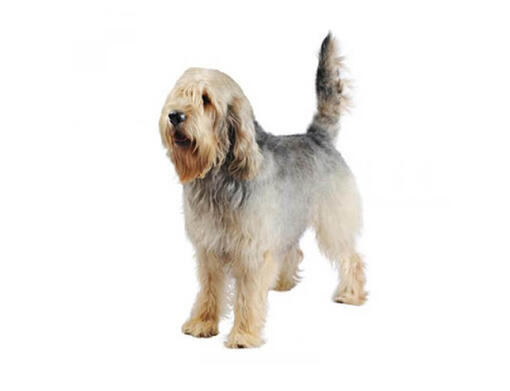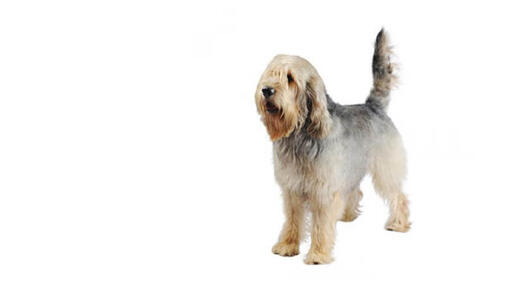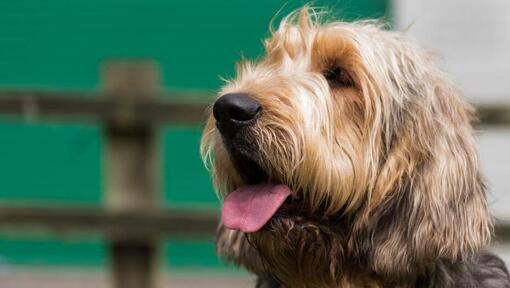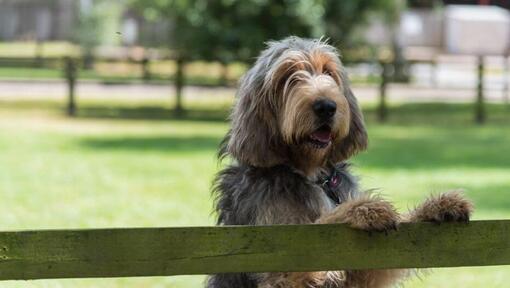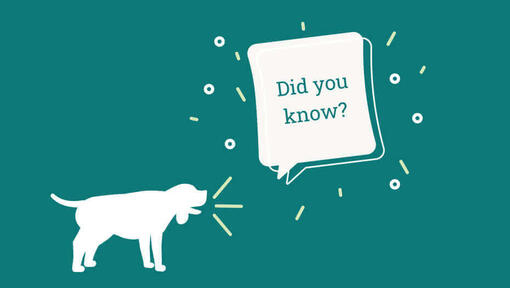- Câine potrivit pentru persoane cu experiență în intreținerea animalelor
- Nivel mediu de dresaj necesar
- Se bucură de plimbări active
- Se bucură de o oră spre două ore de plimbare pe zi
- Câine de talie mare
- Cantitate de salivă scăzută
- Necesită îngrijire și periaj al blănii la fiecare două zile
- Rasă non hipoalergenică
- Câine comunicativ și vocal
- Nu un câine de pază
- Ar putea necesita dresaj pentru a trăi cu alte animale de companie
- Câine de familie

